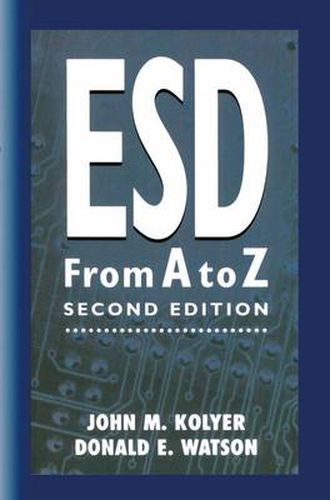Readings Newsletter
Become a Readings Member to make your shopping experience even easier.
Sign in or sign up for free!
You’re not far away from qualifying for FREE standard shipping within Australia
You’ve qualified for FREE standard shipping within Australia
The cart is loading…






This title is printed to order. This book may have been self-published. If so, we cannot guarantee the quality of the content. In the main most books will have gone through the editing process however some may not. We therefore suggest that you be aware of this before ordering this book. If in doubt check either the author or publisher’s details as we are unable to accept any returns unless they are faulty. Please contact us if you have any questions.
The technical ability to generate volumes of digital multimedia data is becoming increasingly mainstream in today’s electronic world. Online services create volumes of primarily textual information, such as news reports, product reviews, and e-mail chronicles. Advances in digital video technology have given organizations the capability to amass visual records and produce collections of surveillance monitoring data streams. With this ability to generate and archive volumes of data comes the potential of deriving or recalling information and knowledge from these data histories. To effectively utilize the growing number of multimedia data repositories, there is a convergence in technologies from large-scale data management, semantic-oriented media (text, image, and video) understanding, and multi-source trend analysis. This convergence is not straightforward and introduces a significant challenge in construction solutions that offer scalable deployment with semantically rich quality. The Microelectronics and Computer Technology Corporation (MCC) and its member companies carried out a study in 1997 to investigate the state of the art in technologies for annotating and manipulating large-scale networks of multimedia information objects with content-based concepts. This book documents the study’s technology assessment and identifies shortcomings where further research and integration of technologies are needed to meet anticipated application requirements. The major points highlighted in this book can be used as cornerstones for defining advanced research and development directions, and opportunities to exploit the content available in networks of large-scale multi-media sources. Based on the results of the study, MCC initiated the Content-Based Access to Multimedia (CBAM) Information project to investigate semantically-oriented access to large-scale image and video repositories. The project focuses on concept extraction, annotation, and collection principles applied in and across large-scale image and video repositories. It demonstrates proof-of-concept environments where multimedia objects acquire semantic content annotations and become elements exploited in distributed information-gathering applications.
$9.00 standard shipping within Australia
FREE standard shipping within Australia for orders over $100.00
Express & International shipping calculated at checkout
This title is printed to order. This book may have been self-published. If so, we cannot guarantee the quality of the content. In the main most books will have gone through the editing process however some may not. We therefore suggest that you be aware of this before ordering this book. If in doubt check either the author or publisher’s details as we are unable to accept any returns unless they are faulty. Please contact us if you have any questions.
The technical ability to generate volumes of digital multimedia data is becoming increasingly mainstream in today’s electronic world. Online services create volumes of primarily textual information, such as news reports, product reviews, and e-mail chronicles. Advances in digital video technology have given organizations the capability to amass visual records and produce collections of surveillance monitoring data streams. With this ability to generate and archive volumes of data comes the potential of deriving or recalling information and knowledge from these data histories. To effectively utilize the growing number of multimedia data repositories, there is a convergence in technologies from large-scale data management, semantic-oriented media (text, image, and video) understanding, and multi-source trend analysis. This convergence is not straightforward and introduces a significant challenge in construction solutions that offer scalable deployment with semantically rich quality. The Microelectronics and Computer Technology Corporation (MCC) and its member companies carried out a study in 1997 to investigate the state of the art in technologies for annotating and manipulating large-scale networks of multimedia information objects with content-based concepts. This book documents the study’s technology assessment and identifies shortcomings where further research and integration of technologies are needed to meet anticipated application requirements. The major points highlighted in this book can be used as cornerstones for defining advanced research and development directions, and opportunities to exploit the content available in networks of large-scale multi-media sources. Based on the results of the study, MCC initiated the Content-Based Access to Multimedia (CBAM) Information project to investigate semantically-oriented access to large-scale image and video repositories. The project focuses on concept extraction, annotation, and collection principles applied in and across large-scale image and video repositories. It demonstrates proof-of-concept environments where multimedia objects acquire semantic content annotations and become elements exploited in distributed information-gathering applications.